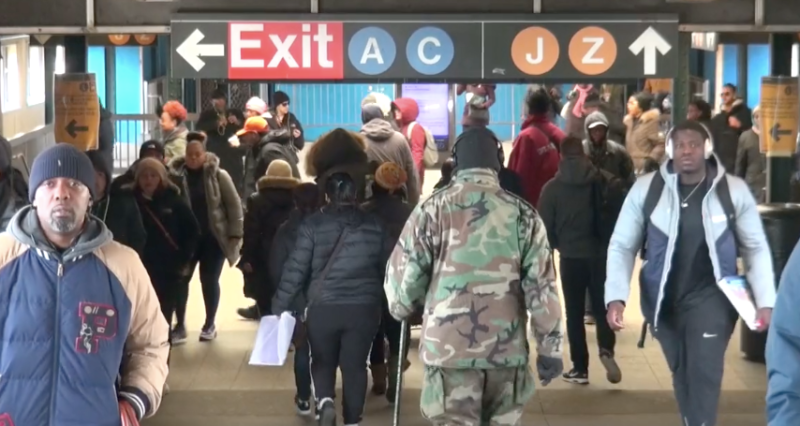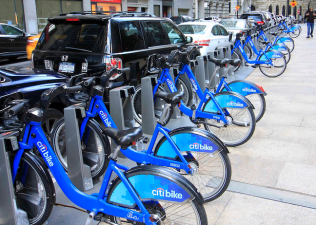Queens Speaks: Fixing New York’s Pre-Existing Transportation Condition

New York needs to fix the original sin of racial and class inequality: inequitable access to transportation alternatives.
Yes, at a minimum, we need 100 miles of biking and pedestrian routes during and after COVID-19 (announced by the mayor on Monday), but perhaps more important, we need equitable route distribution.
Want to know which neighborhoods were hit the hardest by COVID-19? Hint: look for the neighborhoods with the fewest transportation alternatives. The maps below offer just one example.

Of course, the city’s inequitable alternative transportation policies didn’t cause COVID-19, but one can’t help notice the role transportation options could have played it keeping it from spreading to poorer and working-class neighborhoods.
Workers in more-affluent neighborhoods are working from home (or from their second homes!), but our essential workers were and continue to be dependent on public transit, which has put them at greater risk of contracting the virus (the death toll of MTA workers alone should be the loudest wake-up call to the governor and mayor).
Many people including doctors, have exclaimed how Citi Bike has been a great alternative to the subways during COVID-19, but the Citi Bike coverage map (above right) shows that this vital form of public transportation is not serving the areas of greatest need.
What about access to safe bike routes? Nope, NYC’s bike lanes are generally reserved for the affluent and gentrified. Access to Revel scooters? Nada. Our recently departed Car2Go? Wouldn’t have helped. E-bikes? Months (years) too late.
It’s no accident that neither the city nor the private sector has invested in transportation alternatives for working-class New Yorkers and communities of color. It’s a form of discrimination — and we have allowed this to happen for too long. The negative externalities of transportation inequities have already proven the need to overhaul our transportation infrastructure. We just need political will.
Yes, the mayor’s plan for 100 miles of open streets is good, but the scale must be greatly increased. And we must ensure the rollout is not once again an “Outer-Borough, Outta Sight, Outta Mind, Outta Luck,” situation, especially for lower-income, working class and communities of color.
Here are some simple fixes that we demand now:
- End the seizure of public land by car owners, who are generally more affluent. If there is to be on-street car storage for these entitled New Yorkers, at the very least, it should be means tested.
- Give away 2 million bikes. At $200 a piece, it’s a one-time cost of $400 million — a tiny investment in public transportation given that the MTA is currently facing a shortfall of up to $8 billion.
- Treat transportation as a public health concern and human right. People dying in the streets from “Zero Vision” traffic enforcement in outer borough neighborhoods was a public health emergency before COVID-19. And incomplete and failed biking infrastructure still leaves people scared to use the roads.
- On that topic, we must end the practice of building bike lanes to nowhere. We need transportation alternatives to somewhere — no more bike lanes for show. New routes must be direct, safe, and equitable. For example, in Central and Western Queens, that means finishing Queens Boulevard, and adding protected bike lanes to Roosevelt Avenue, Northern Boulevard and Broadway to start.
Other major cities better understand and have embraced multi-modal transportation systems. But New York seems to be lacking in political will. But we need safe streets and safe transit now — EVERYWHERE and for EVERYONE.
Queens Bike Initiative, founded in 2015, advocates for safe access to parks. QBI has partnered on the Central and Western Queens bike lane network expansion, including the 31st Avenue bike lane project, the recent Queens Borough President transportation forum, Queens Santa Ride, Queens Jazz Ride, the Queens Boulevard (partial) transformation, and the 111th Street park access and bike safety campaign.
